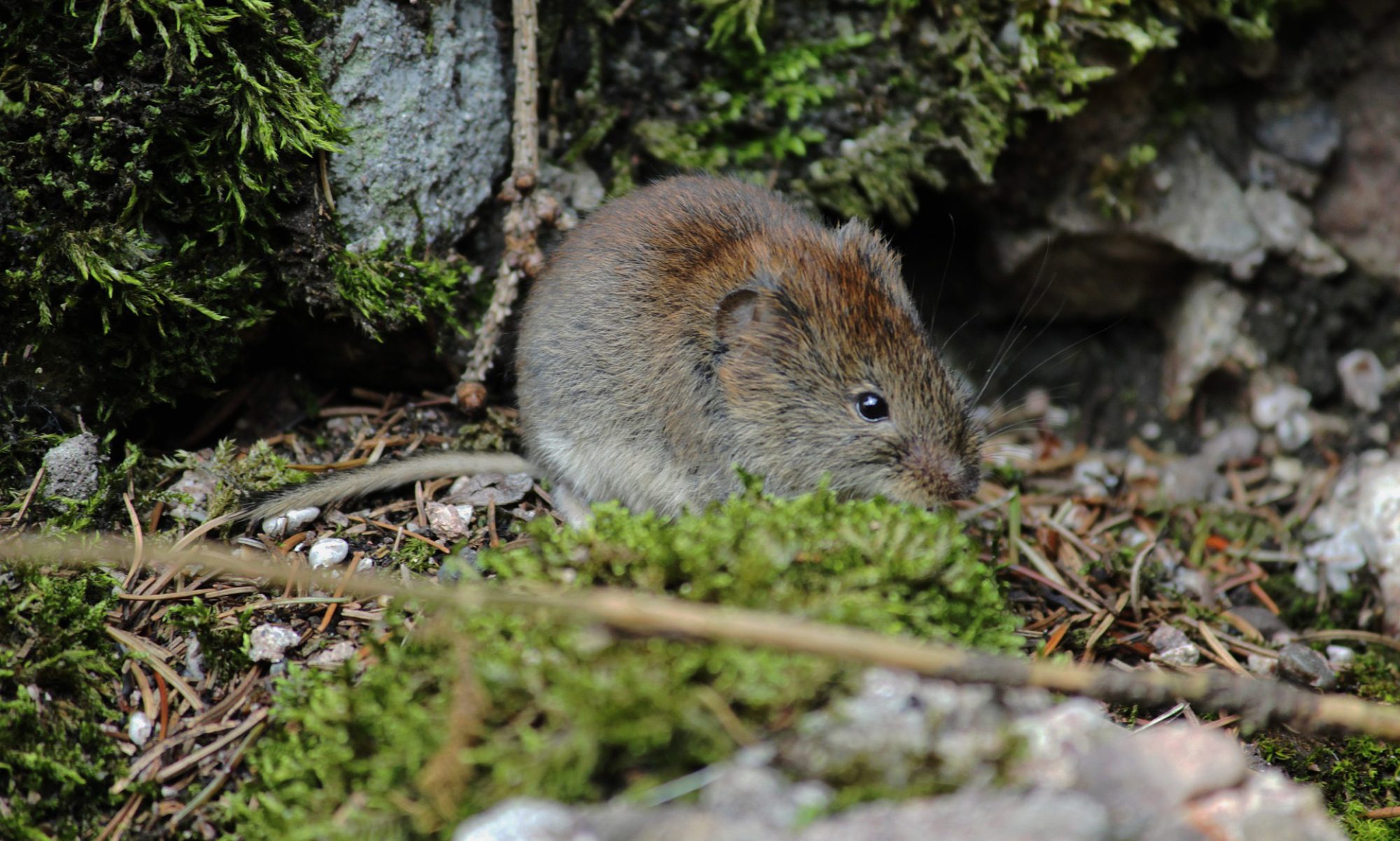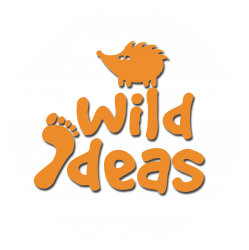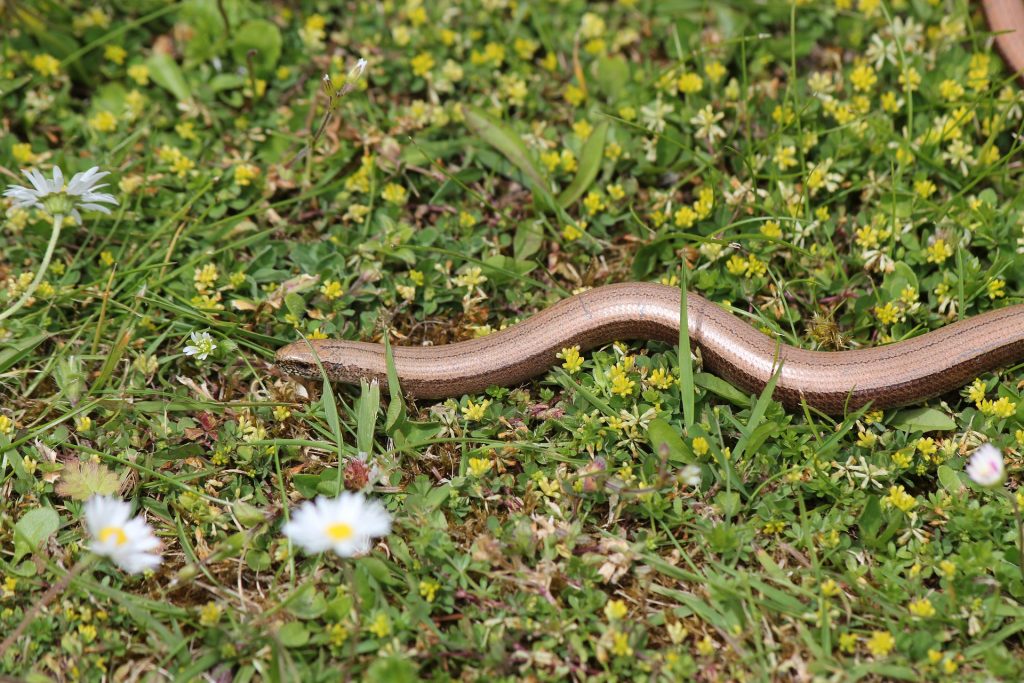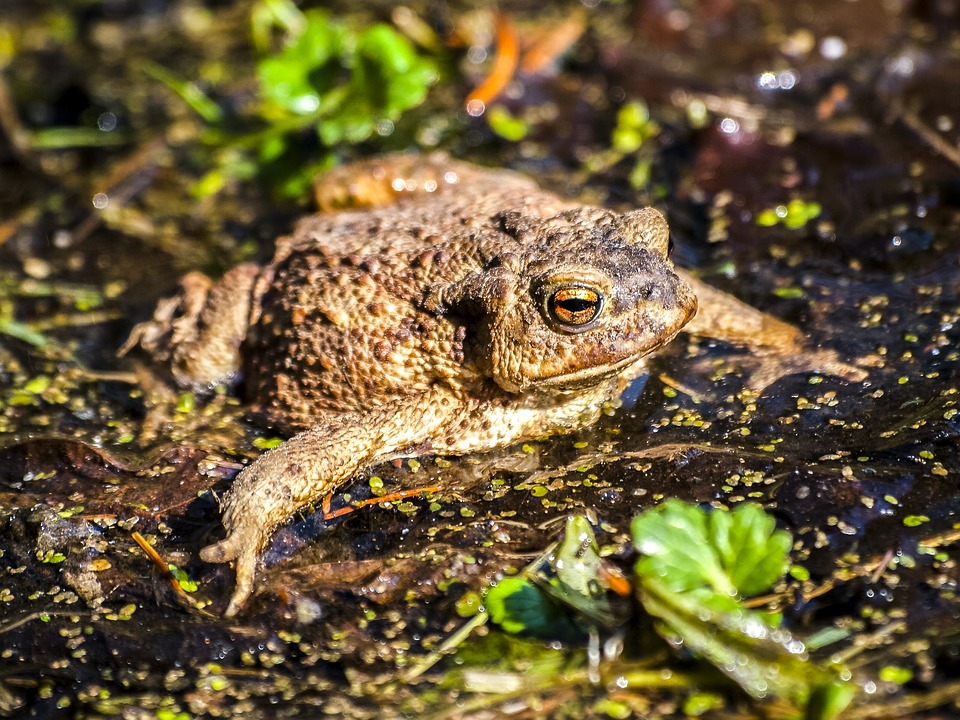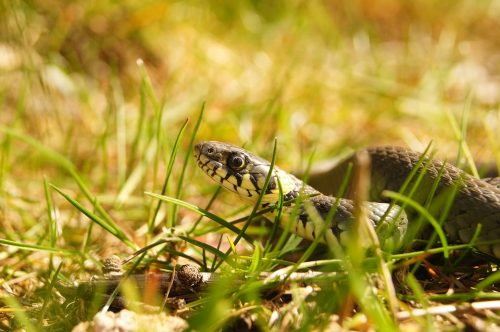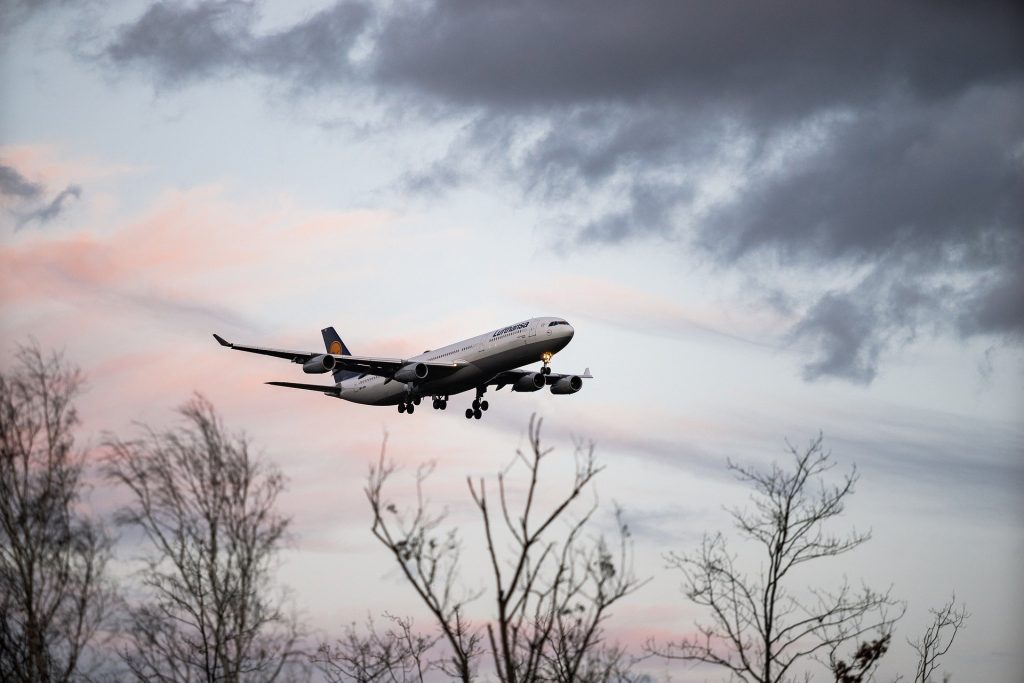
The roads and skies of the UK have been quieter than ever during the lockdown. The peace and stillness has been remarkable – and many of us hadn’t experienced anything like it before. That we felt this way reveals just how used we’ve become to incessant background noise. Even while walking in the deep countryside, you can hear the faint thundering of motorways and the rasping of jet engines.
There is emerging evidence that noise pollution is bad for our health. But what about how noise pollution might be affecting the natural world? Well, luckily, academic interest is growing in this topic, with many scientists and researchers now investigating how noise might be impacting various species. So what sort of noise is involved, which animals are affected, and how?
